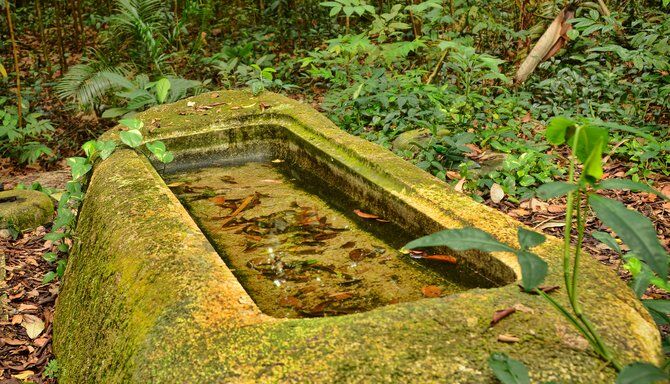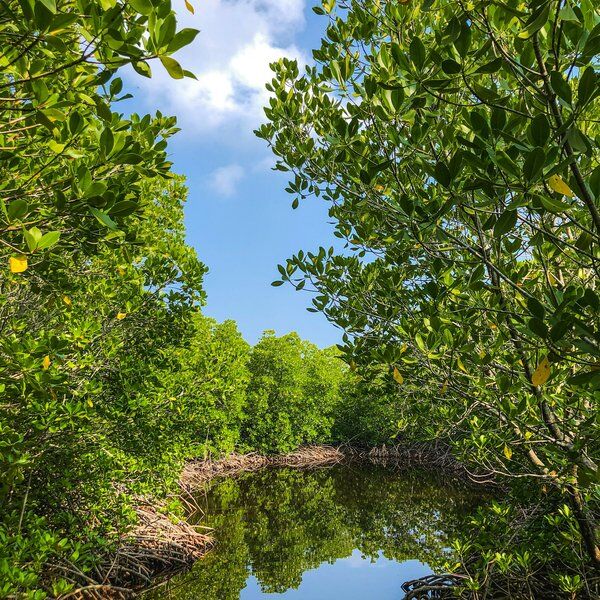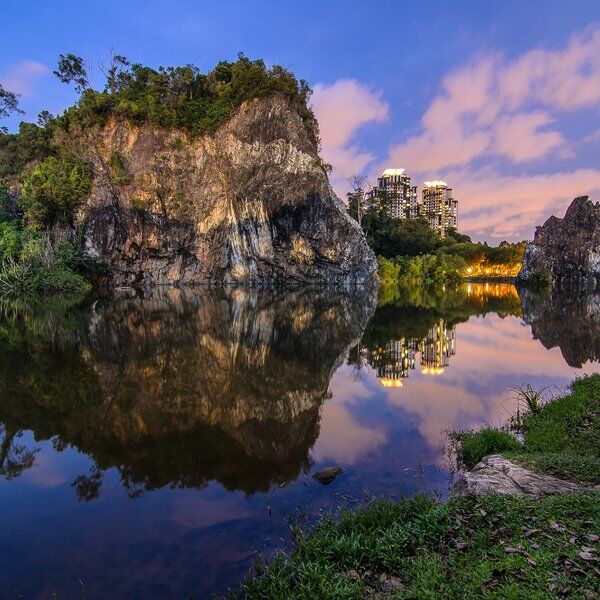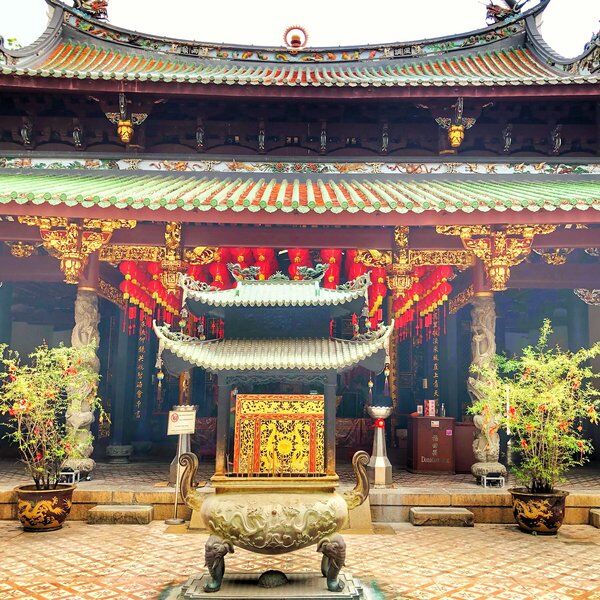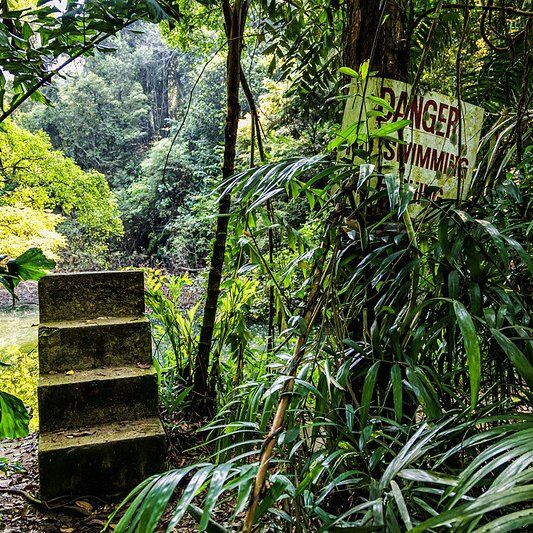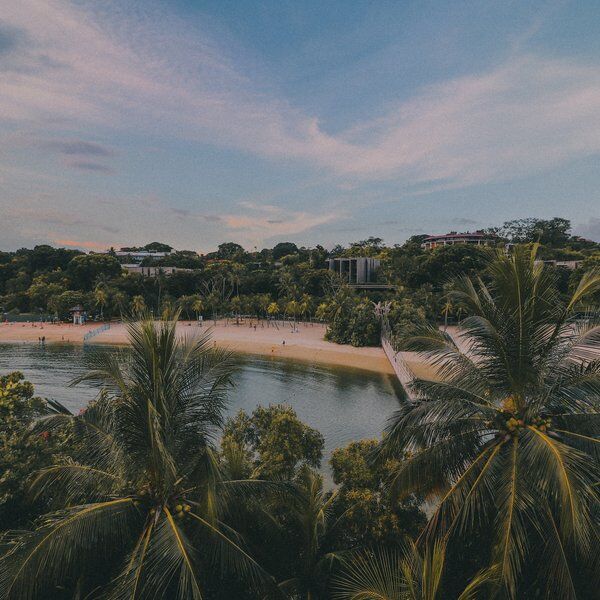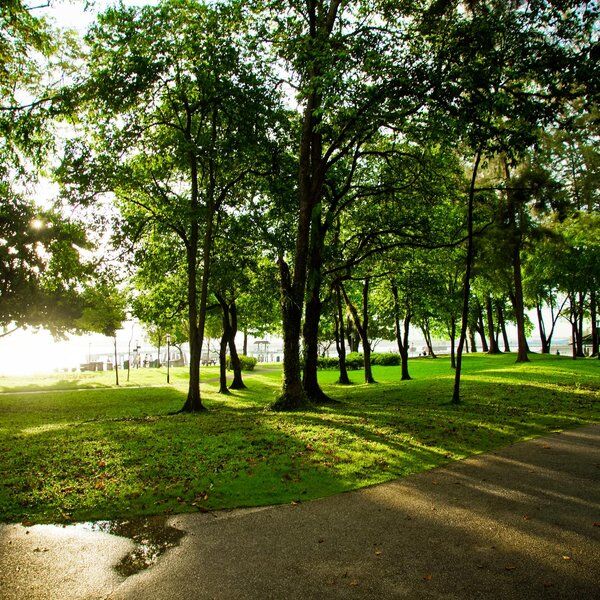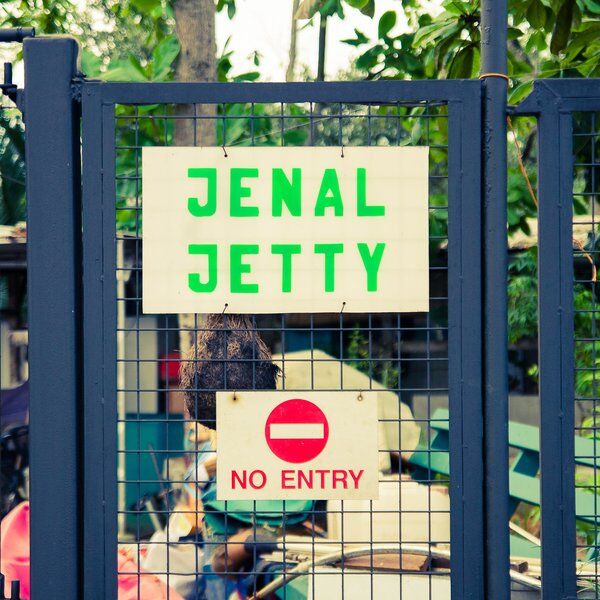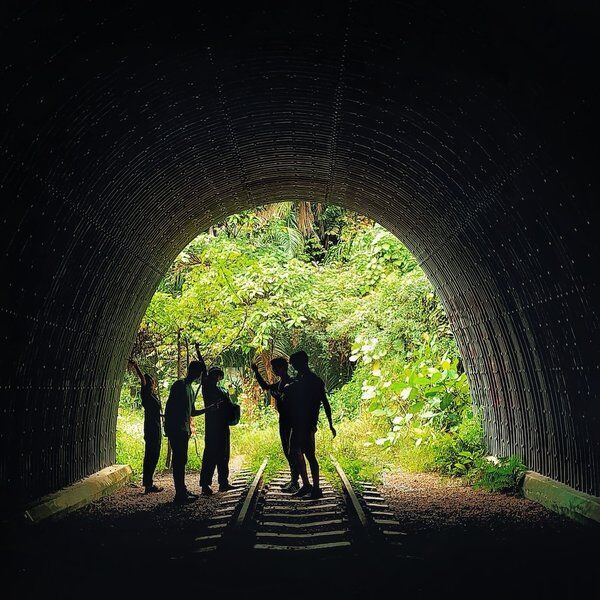Exploring the Ruins of Syonan Jinja
Deep in the forest of Singapore’s MacRitchie Reservoir on Sime Road, are the remnants of a deeply historical site – Syonan Jinja. On 15th February 1942, after the fall of Singapore, the Japanese Imperial Army began building a Shinto shrine in the western part of the MacRitchie Reservoir.
This shrine was built using the labour of around 20,000 British and Australian prisoners of war (POWs), to honour the Japanese soldiers who fell during the battles for Malaya and Sumatra. Shortly before the Japanese surrendered to the British, they destroyed the shrine – fearing it would be violated upon their defeat.
Today, as was one of two Japanese Shinto shrines built in Singapore, the ruins of Syonan Jinja appeal to many visitors seeking to explore the city-state’s sombre past concerning the Japanese Occupation during World War II.
Architectural Details and Symbolic Positioning
Syonan Jinja, also known as the Light of the South Shrine, features traditional Shinto architecture, such as a prominent Torii gate, and the use of pebbles, in an attempt to emphasise loyalty to Japanese ideals. Its creation was overseen by Major Yasuji Tamura, commander of the Japanese 5th Division's Engineers Regiment. Tamura’s vision for Syonan Jinja was highly ambitious; modelled after the Ise Grand Shrine in Japan, it was expected to become the grandest Shinto shrine in the southern regions of Asia.
Inspiration for Syonan Jinja was also drawn from the Yasukuni Shrine in Japan, which featured a cylindrical wooden pylon, 12 metres in height. At Syonan Jinja, the base of the pylon housed a small shrine containing Japanese remains, reflecting the Yasukuni Shrine's significance as a resting place for soldiers.
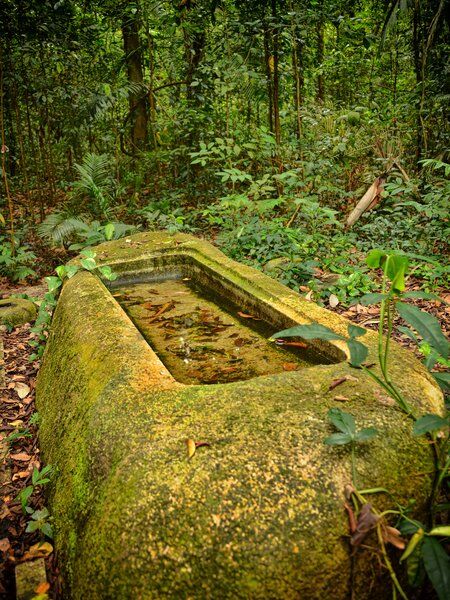
Positioning the shrine on a hill in a secluded location within the forest, accessible only by crossing the Divine Bridge, reflected Shinto beliefs that ‘divine spirits’ belonged in nature. Furthermore, the presence of a font at Syonan allowed Japanese visitors to cleanse themselves before approaching the shrine, also aligning with Shinto rituals.
These visitors began to use Syonan as a focal point for worshipping their God-Emperor and the spirits of the fallen. Furthermore, the Shinto shrine had been dedicated to the Sun Goddess Amaterasu Omikami, who represented the fallen Malay and Sumatra souls – a deity the locals were also expected to worship.
The Historical Significance of Syonan Jinja
Syonan Jinja was intended to serve not only religious but propagandist purposes too. "Syonan" was the name given to Singapore, a place considered to be the 'Light of the South’ by the Japanese, during the occupation. However, the Japanese had to quell any opposition from the locals, particularly the youths, in order to keep their hold on this highly strategic city-state. And that’s where the Syonan Jinja comes in.
After its completion in 1943, the shrine was opened to the public to mark the one-year anniversary of the Japanese Occupation. From here, Syonan Jinja became a venue for propagandist-fuelled public ceremonies, hosting events such as New Year's Day and the Japanese Emperor's birthday. During these ceremonies, Japanese leaders aimed to instil loyalty amongst the local population, and Singaporeans were expected to show obedience to Japan, its political ideals, and Shinto deities such as the Goddess Amaterasu Omikami.

Destroying the Shrine: The Ruins of Syonan Jinja
Shinto Beliefs and the Need for Destruction
In Shinto practise, it is believed that the spirits interred at a shrine become ‘Divine Spirits’, or Kami, who cannot be separated or removed from the shrine. Therefore, in order to prevent any desecration of these spirits at Syonan Jinja, by the British forces, the Japanese performed a purification ritual. This ritual involved setting the shrine ablaze, an act that aims to cleanse the sacred site and is considered acceptable within Shinto practices. This act occurred just before Japan’s official surrender on August 15, 1945.
Post-War and Preservation
In the aftermath of World War II, the remains of the Japanese were relocated to the Japanese Cemetery Park. Plans to reconstruct memorials honouring both Japanese and Allied fallen soldiers emerged in the 1990s but were abandoned in 1991 due to the sensitive nature of wartime issues. Today, the original site of these monuments is marked by a transmitting tower. In 1995, a memorial plaque was unveiled by MP Ong Chit Chung at Bukit Batok Nature Park to commemorate the historical significance.
Today, the ruins, reduced to a few remaining stone steps, granite walls, and the foundation of the Divine Bridge, are all that remains of the shrine’s turbulent history. Despite the destruction, the site's historical significance led to its designation as a Historic Site by the National Heritage Board in 2002.
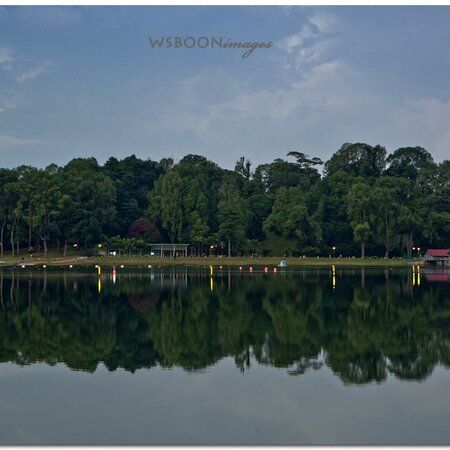
Visiting the Ruins of Syonan Jinja
Unfortunately, its location within a core Nature conservation area keeps it off-limits to the public. Although that does not deter adventurous locals who continue to explore the ruins of Syonan Jinja. In November 2020, the site gained attention when two 14 year olds ventured off the trails during their attempt to locate the ruins, necessitating a significant rescue operation by the Singapore Police Force and Singapore Civil Defence Force.
Discover More of Singapore With CityDays
Ready to discover more of what Singapore has to offer?
CityDays have a brand new treasure and scavenger hunt in Singapore which combines the fun of an escape room with the historic facts and whimsical trivia of a walking tour!
Take the stress out of planning your visit to Singapore and book your adventure today!
Not visiting Singapore this time? Don’t worry, you’ll find us all over the world.
